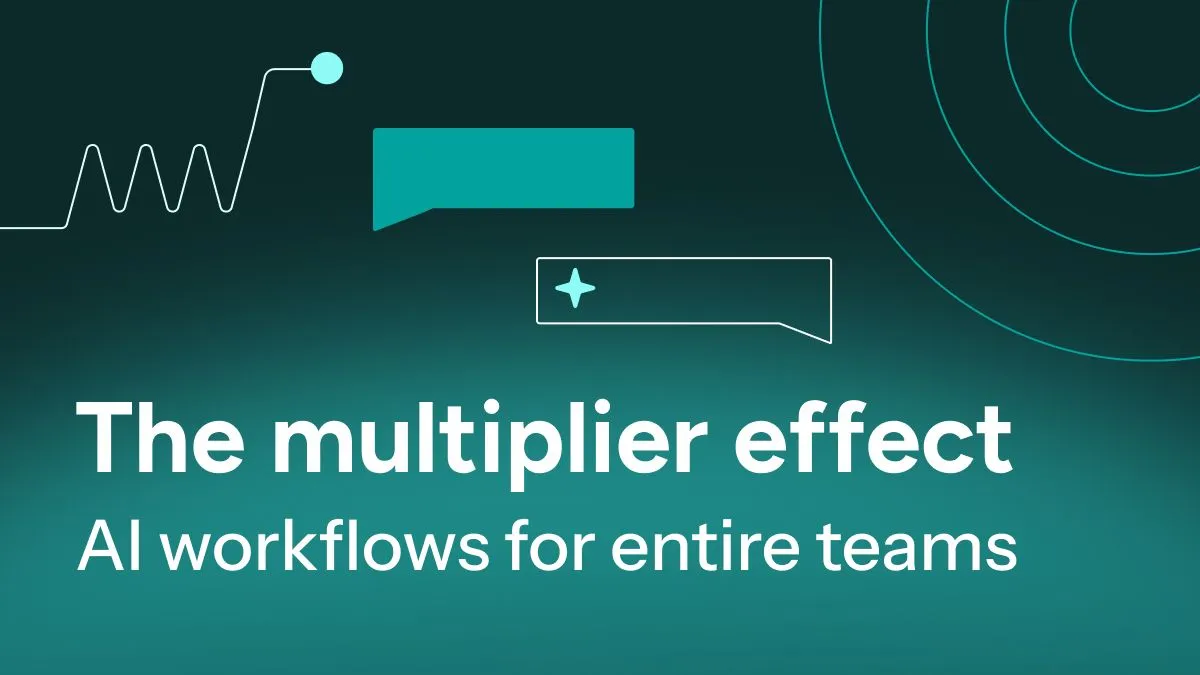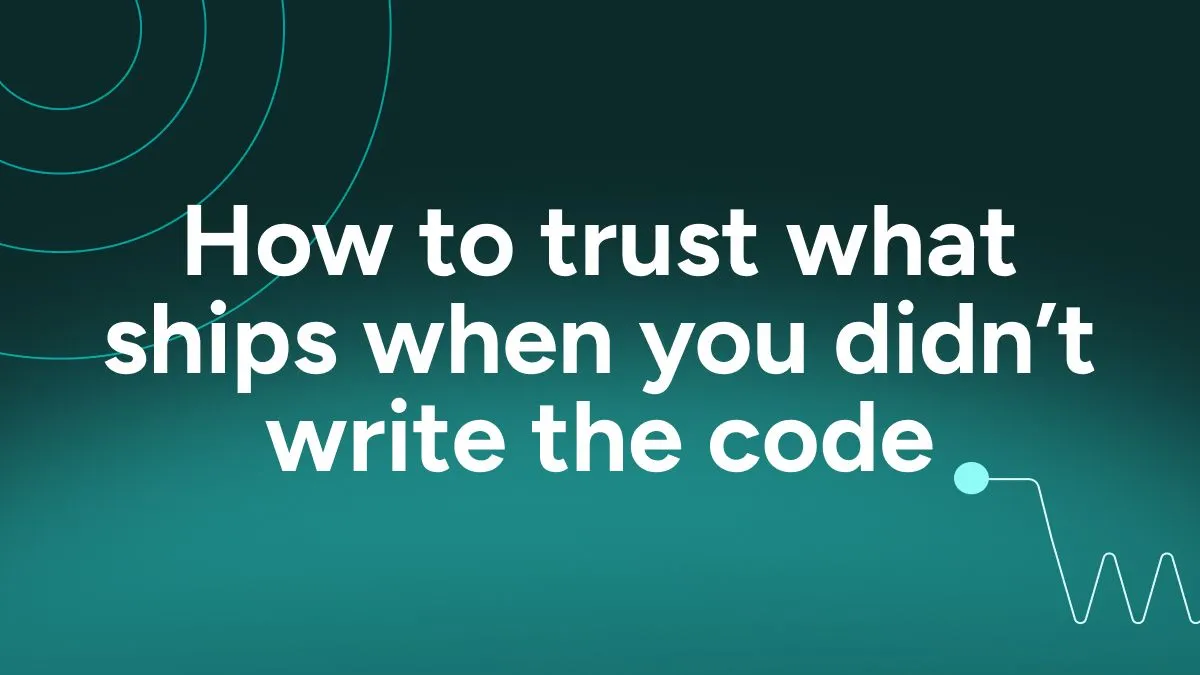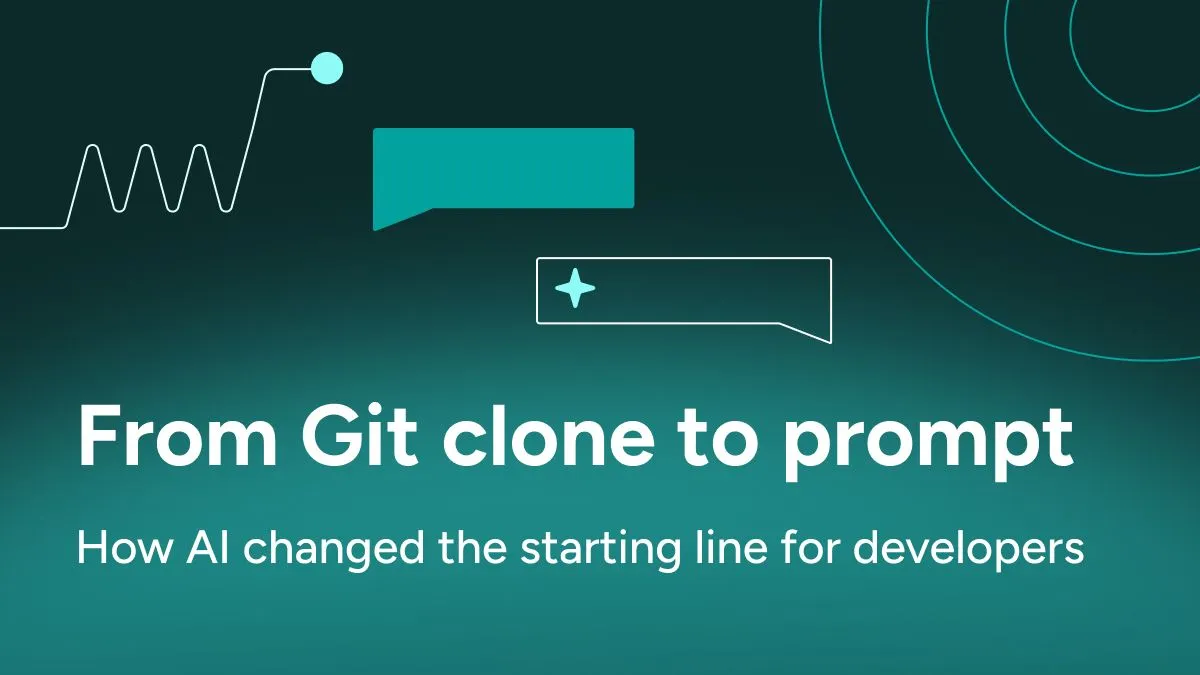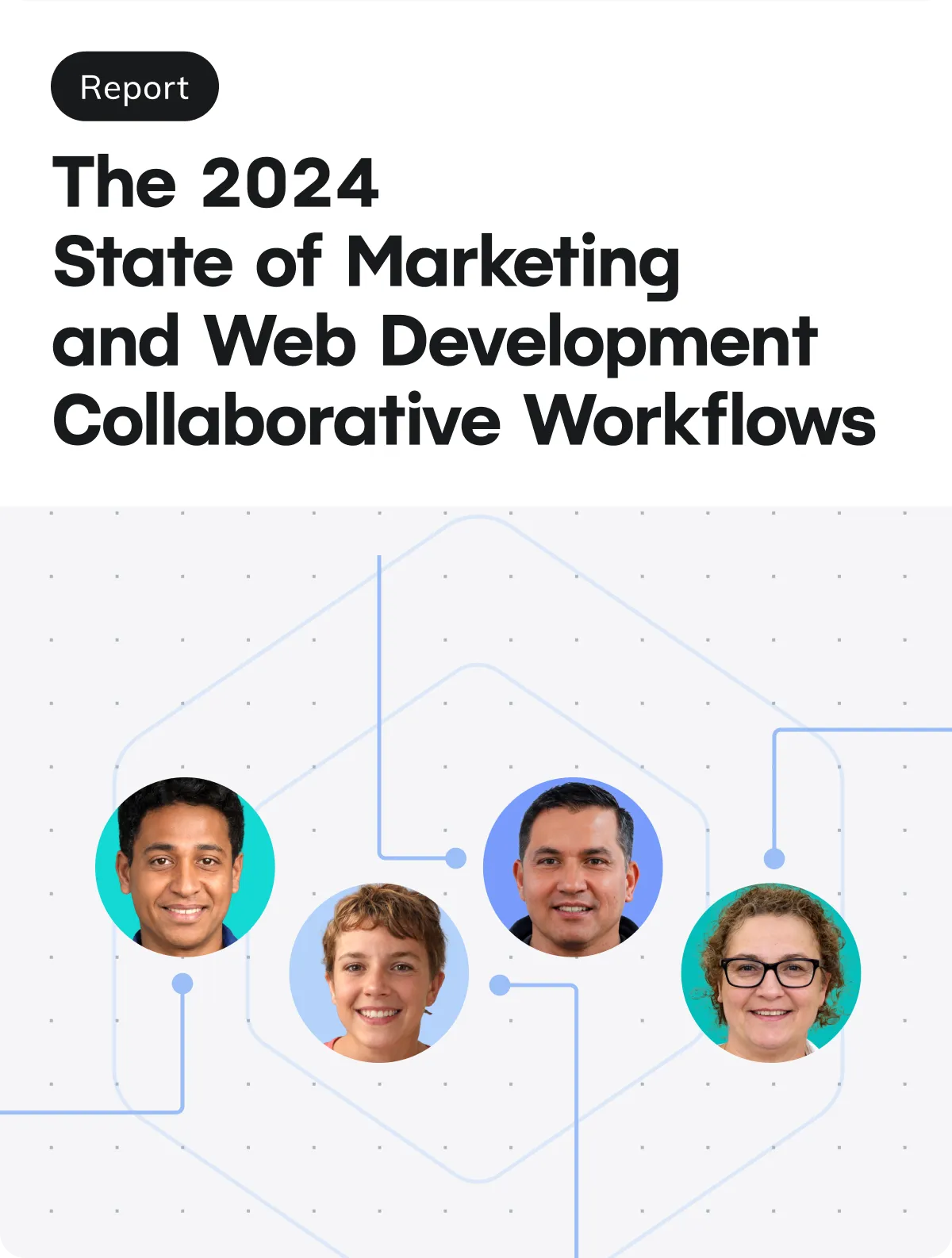Generative AI has cracked open the gates of coding. With the right prompt, anyone can spin up a working snippet, a prototype, or even a full feature/product. This shift doesn’t just change who can code, it changes who can carry ideas from spark to solution, giving every role on the team a new kind of creative agency.
Developers remain absolutely essential as no one else can tackle the hardest technical challenges of scale, performance, architecture, and security. But what’s truly remarkable in this new era is how much more empowered the rest of the team has become with true AI native workflows. PMs, designers, marketers, researchers, etc. can now use AI workflows to take their ideas end-to-end, building out concepts or full features that once required constant handoff to developers. Their unique skills don’t just complement code; when combined with the ability to build, they multiply in power. This shift means teams can move faster and with greater creativity, as everyone has a more direct hand in shaping the final product.
At Netlify, we’ve gotten to see an entire new wave of developers using AI workflows powered by Netlify. Builders coming from tools like Bolt, Claude, ChatGPT, Windsurf, Copilot, Cursor, etc. are taking these workflows and learning how to put their skills together with code. Let’s explore where multiplier effects happen when the rest of the team combines their core skillsets with the new tools/skills to produce the code that breathes life into their ideas.
Problem framing and prioritization
The best product managers (PM) excel at identifying and prioritizing the right problems. They gather inputs, weigh trade-offs, and define what matters most. When this skill meets code, the result isn’t just more output but purposeful solutions that answer real customer problems.
My favorite example of this is at Netlify, where we were seeing lots of customer issues with a specific feature. The PM for the area crafted the problem statements, worked with the teams, etc., but it got stuck because the team toiled on details that distracted from building (trying to be perfect before doing any coding). The PM got early access to one of Netlify’s new AI native workflow tools to try. While the team was busy reworking different approaches, this PM cut through the noise by shipping an MVP that solved the issues. Then the only question the team had at that point was, “any objections?” (the consensus was “no”).
Empathy and user insight
Designers, researchers, and marketers understand people - their frustrations, motivations, and delights. They turn observation into insight. Paired with code, empathy transforms into experiences users want, not just software that happens to work. I think about branding, copy, voice and tone, and so much more. These areas are often areas that end up in the “nice to have” category of so many backlogs. When these team members find an AI workflow that suits their needs, they can now take an idea all the way to production without adding to the developers’ backlog. How awesome is that!
Narrative and communication
Marketers, PMs, and others on the team are storytellers who explain the “why” behind a product. Their narratives align teams and connect with customers. Coupled with code, storytelling guides design and implementation, grounding technical choices in a shared purpose. Writing a work ticket is great and creating a design mock up is even better. But that’s no longer the best. If they can use AI workflows that allow them to adjust the real-world website to show their vision in the context of the actual product, now they’re communicating vision, getting alignment, and (most likely) getting the execution underway.
Systems thinking
Operations, support, and strategy teams see the bigger picture: how products interact with markets, regulations, and ecosystems. This perspective ensures that what looks like a quick win doesn’t unravel under external pressures, keeping solutions sustainable. Think about how a legal team or an operations team can leverage AI workflows to ask about the implementations or plans of a project relative to the compliance requirements. Yes they could always ask their team and get great answers, but an AI workflow will never have other things it needs to prioritize over checking every unit of an implementation to source opportunities to improve.
The multiplier effect
The people already shaping software projects (PMs, designers, researchers, marketers, developers, etc.) have honed these skills for years. With AI lowering the barrier to coding, those skills no longer stop at strategy, design, or communication. Everyone on the team can now take these new AI workflows and integrate them as they see fit. At Netlify, we’ve invested heavily into creating the best agent experience for AI to deploy their creations across the web. We hear it every day, stories of people with diverse backgrounds creating things they’ve never imagined they could build before with AI workflows powered by Netlify. This isn’t just efficiency; it’s transformation. Teams stop handing off tickets and start carrying ideas from spark to solution. What an amazing time to be on these teams and working in these companies.
Developers remain absolutely essential, solving the hardest technical challenges and guiding architectural integrity. But the big story of this era is how much more powerful their teammates (across the entire org) have become: empowered to prototype, build, and refine ideas end to end. Coding, then, is not the finish line but the amplifier. When every role can pair its strengths with the ability to build, products become not just functional but extraordinary: faster to emerge, truer to user needs, and richer in imagination.
AI workflows are a multiplier for everyone on a team.




